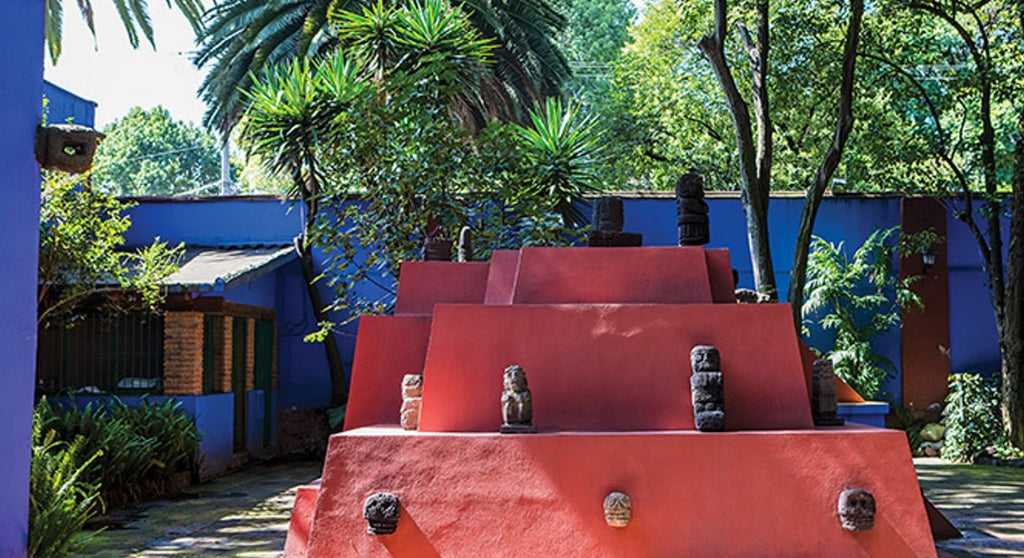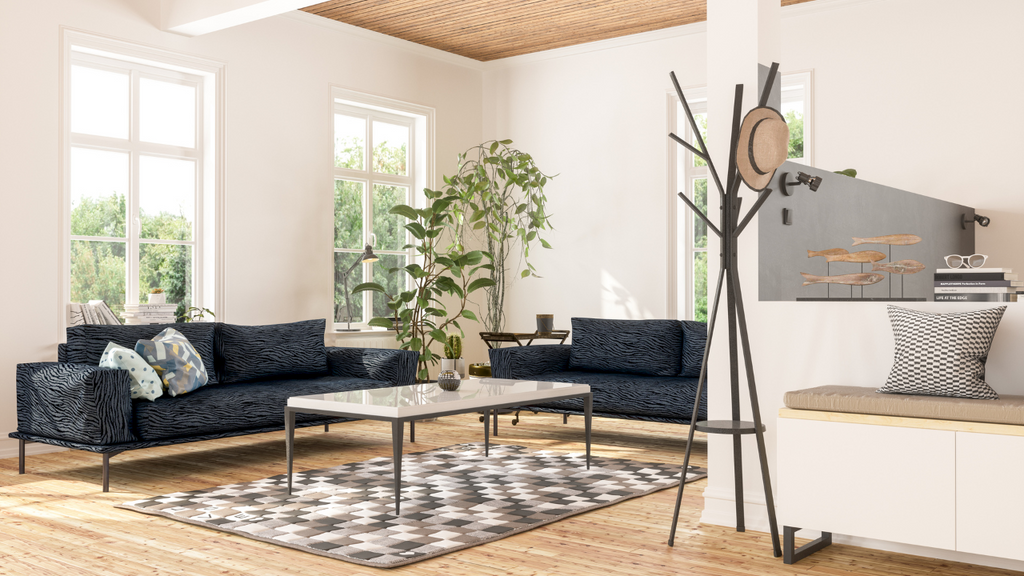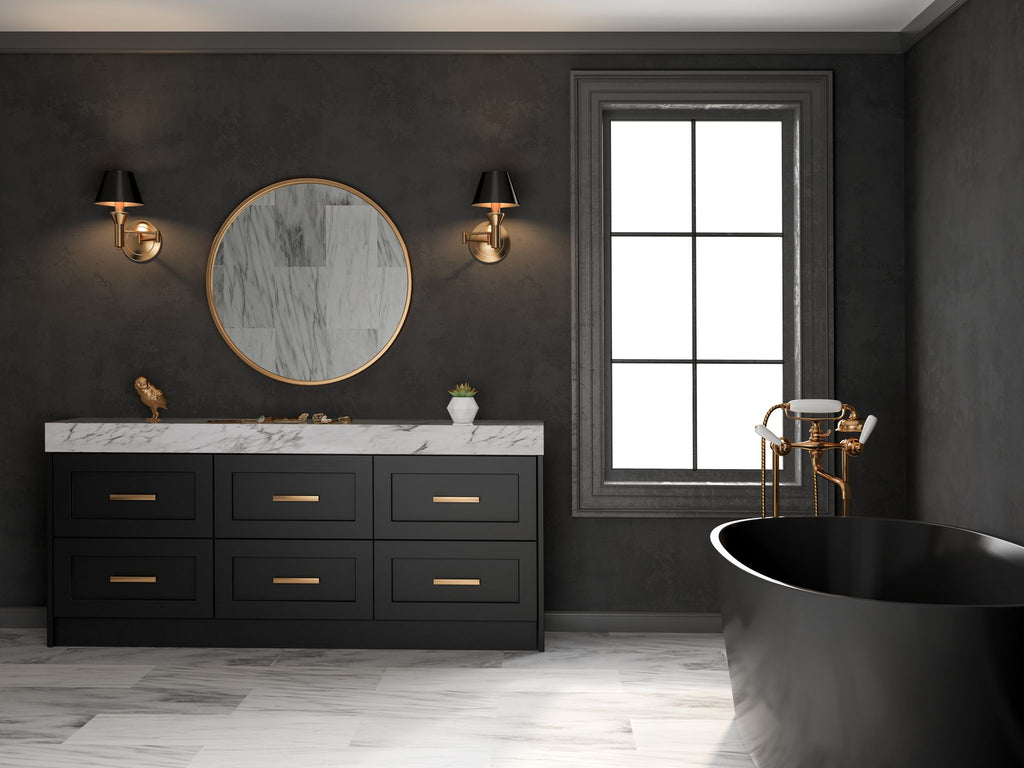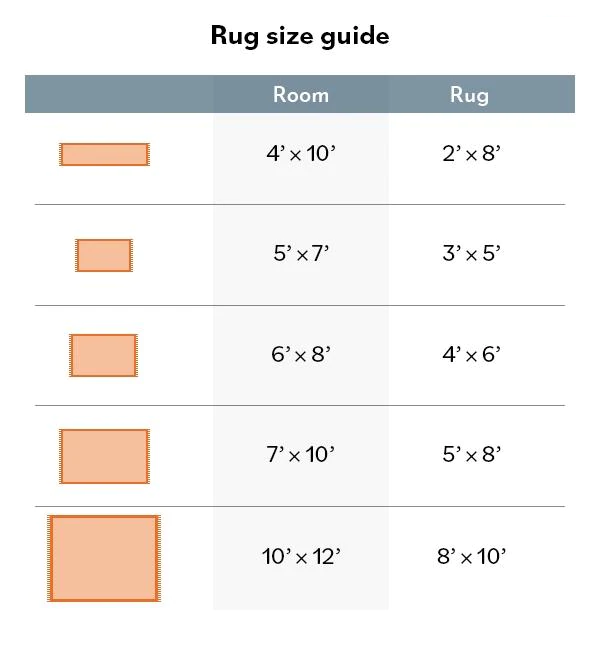The sprawling, historic capital of Mexico is known for its complex history dating all the way back to its founding by the Aztecs in 1325. Tourists often focus on its archeological sites, beautiful Spanish architecture, and spicy cuisine. But today’s Mexico City is a cultural capital that blends history and tradition with art, innovation and design. In 2016, the NY Times called it the year’s number one travel destination, and in 2018 it was named World Design Capital (the first city in the Americas to receive the title). With thriving art galleries, furniture and fashion designers, and museums featuring contemporary themes, Mexico City is a world class design destination that rivals Manhattan, Milan and Tokyo.
Originally known as Tenochtitlan, Mexico City is the oldest capital city in the Americas. Massive temple complexes were nearly leveled in 1521 by the invading Spaniards, who immediately rebuilt the city to their tastes. Keeping the original layout, they replaced Aztec buildings with churches, palaces and municipal buildings in the architectural vernacular of their native Spain. In the five centuries since, Mexico City has become a vibrant blend of historic Spanish Colonial buildings and modern architecture.
Exploring Mexico City’s Streets
Art and Architecture in Centro Historico
The historic district centered around the Zócalo, or main square, is the perfect starting point for exploring the city’s history. Start with breakfast and some excellent Mexican-grown coffee at the atmospheric Cafe Regina.

The square is dominated by the facade of the Metropolitan Cathedral, with its imposing Baroque facade. Built over three centuries beginning in 1573, it rests on the site of the original Aztec Templo Mayor and was built from the stones of the destroyed temple. The interior is full of gilded religious artifacts and historic treasures. Visit the nearby Palacio National to view Diego Rivera’s spectacular murals depicting the history of Mexico.

Just a few blocks away, the The Palacio de Bellas Artes is home to the Ballet Folklórico de México. This cultural center features ongoing exhibitions of art, poetry, literature, and photography. The Art Nouveau exterior has the vibrant yellow-orange roof tiles that can be seen for miles. Inside, you’ll find an incredible Art Deco interior with vibrant decor by Mexico’s master muralists Rivera and Siqueiros. Be sure to take the tour of the theatre, where you can see the stunning Tiffany glass curtain.
While you’re in the neighborhood, set aside an hour to pick up handcrafted souvenirs at the massive Mercado De Artesanias La Ciudadela.
After a full day of exploring the Centro Historico, dinner at Casa de Los Azulejos is the perfect way to wind down. The exterior of this 18th century palace is completely covered in handpainted tiles, while the interior features an elegant atrium and murals by famed Mexican painter José Clemente Orozco.

Explore Condesa and Roma
With streets perfect for wandering, Condesa and Roma neighborhoods combine weathered colonial architecture, trendy shops, galleries and bars. This is the area to soak in Mexico City’s vibrant modern culture. Casa Mimi is an intriguing mix of indigenous, antique and modern art, and a more relaxing place to shop for souvenirs than the market. Stop at one of the many tapas bars, or end the day with views of the city from the popular rooftop bar at Hotel Condesa DF.
Design Inspiration In Mexico City
Inspiration in Mexico City is found in both ancient relics and modern art, so you’ll want to visit museums and galleries. Start with the Museo Nacional de Antropología to see the Aztec treasures and archeological ruins in the garden. Then move on to the Museo Anahuacalli, a tribute to Mexican art gifted to the public by Diego Rivera. A few miles away, Casa Azul houses the Frida Kahlo Museum in the artist’s home, with its striking blue walls and courtyard garden.

Casa Estudio Luis Barragán is a museum dedicated to one of Mexico’s most influential architects. It’s worth booking ahead to tour Barragán’s colorful, minimalist home and studio, which is a UNESCO World Heritage Site.
Galería OMR has been showing contemporary works by established and emerging artists for over thirty years. Exhibitions change frequently, so there’s always new inspiration here.

Museo Soumaya has impressive exhibits including Pre-Columbian art, European masters, antique decorative arts, and a large Rodin sculpture collection, housed in a futuristic silver-scaled building. This is a great museum to pop into for a short visit, since admission is free.
Mexico City’s Unique Hotel Interiors
Design lovers have plenty of interesting places to stay in Mexico City; here are some of my favorites.
Downtown Mexico is a modern hotel set in a converted 17th-century manor. It’s conveniently close to the Zócalo (main square) and has a cool rooftop pool.
Condesa DF takes up a vintage 1920’s apartment block, decorated by India Mandahvi in chic contemporary style. The rooftop bar and central location make for a great stay.
Hotel Parque Mexico captures some of the country’s rustic charm, with a vibrant blue exterior, wall murals, and cottage-style suites around a central courtyard. The rooftop terrace has live music too.
Las Alcobas: Located in the chic Polanco neighborhood, close to museums and top restaurants.
St. Regis: A large luxury hotel close to the Condesa and Roma districts. Enjoy the city views from the 15th floor pool, and relax in the full service spa.
Where To Eat In Mexico City
Churrería El Moro
Start the day at one of several locations with cocoa, churros and coffee.

Mercado Roma is the ideal place to explore Mexican cuisine, with 50 local chefs to choose from and a beer garden upstairs.
El Huequito
Multiple locations serving amazing tacos – stop in for lunch.
Máximo Bistrot
One of the top restaurants in Latin America, this fine dining Mexican restaurant is known for its traditional suckling pig.

Of course, you shouldn’t go to Mexico without drinking mezcal. El Palenquito is a favorite, serving mezcal from small producers and interesting local bites like fried grasshoppers.

Mexico City has so many amazing places to eat and drink that a short trip barely scratches the surface. This is a place well worth visiting for architecture, art and design lovers; the incredible food and constantly evolving design scene are sure to bring me back again and again.
Ciao, Jonathan
The sprawling, historic capital of Mexico is known for its complex history dating all the way back to its founding by the Aztecs in 1325. Tourists often focus on its archeological sites, beautiful Spanish architecture, and spicy cuisine. But today’s Mexico City is a cultural capital that blends history and tradition with art, innovation and design. In 2016, the NY Times called it the year’s number one travel destination, and in 2018 it was named World Design Capital (the first city in the Americas to receive the title). With thriving art galleries, furniture and fashion designers, and museums featuring contemporary themes, Mexico City is a world class design destination that rivals Manhattan, Milan and Tokyo.
Originally known as Tenochtitlan, Mexico City is the oldest capital city in the Americas. Massive temple complexes were nearly leveled in 1521 by the invading Spaniards, who immediately rebuilt the city to their tastes. Keeping the original layout, they replaced Aztec buildings with churches, palaces and municipal buildings in the architectural vernacular of their native Spain. In the five centuries since, Mexico City has become a vibrant blend of historic Spanish Colonial buildings and modern architecture.
Exploring Mexico City’s Streets
Art and Architecture in Centro Historico
The historic district centered around the Zócalo, or main square, is the perfect starting point for exploring the city’s history. Start with breakfast and some excellent Mexican-grown coffee at the atmospheric Cafe Regina.

The square is dominated by the facade of the Metropolitan Cathedral, with its imposing Baroque facade. Built over three centuries beginning in 1573, it rests on the site of the original Aztec Templo Mayor and was built from the stones of the destroyed temple. The interior is full of gilded religious artifacts and historic treasures. Visit the nearby Palacio National to view Diego Rivera’s spectacular murals depicting the history of Mexico.

Just a few blocks away, the The Palacio de Bellas Artes is home to the Ballet Folklórico de México. This cultural center features ongoing exhibitions of art, poetry, literature, and photography. The Art Nouveau exterior has the vibrant yellow-orange roof tiles that can be seen for miles. Inside, you’ll find an incredible Art Deco interior with vibrant decor by Mexico’s master muralists Rivera and Siqueiros. Be sure to take the tour of the theatre, where you can see the stunning Tiffany glass curtain.
While you’re in the neighborhood, set aside an hour to pick up handcrafted souvenirs at the massive Mercado De Artesanias La Ciudadela.
After a full day of exploring the Centro Historico, dinner at Casa de Los Azulejos is the perfect way to wind down. The exterior of this 18th century palace is completely covered in handpainted tiles, while the interior features an elegant atrium and murals by famed Mexican painter José Clemente Orozco.

Explore Condesa and Roma
With streets perfect for wandering, Condesa and Roma neighborhoods combine weathered colonial architecture, trendy shops, galleries and bars. This is the area to soak in Mexico City’s vibrant modern culture. Casa Mimi is an intriguing mix of indigenous, antique and modern art, and a more relaxing place to shop for souvenirs than the market. Stop at one of the many tapas bars, or end the day with views of the city from the popular rooftop bar at Hotel Condesa DF.
Design Inspiration In Mexico City
Inspiration in Mexico City is found in both ancient relics and modern art, so you’ll want to visit museums and galleries. Start with the Museo Nacional de Antropología to see the Aztec treasures and archeological ruins in the garden. Then move on to the Museo Anahuacalli, a tribute to Mexican art gifted to the public by Diego Rivera. A few miles away, Casa Azul houses the Frida Kahlo Museum in the artist’s home, with its striking blue walls and courtyard garden.

Casa Estudio Luis Barragán is a museum dedicated to one of Mexico’s most influential architects. It’s worth booking ahead to tour Barragán’s colorful, minimalist home and studio, which is a UNESCO World Heritage Site.
Galería OMR has been showing contemporary works by established and emerging artists for over thirty years. Exhibitions change frequently, so there’s always new inspiration here.

Museo Soumaya has impressive exhibits including Pre-Columbian art, European masters, antique decorative arts, and a large Rodin sculpture collection, housed in a futuristic silver-scaled building. This is a great museum to pop into for a short visit, since admission is free.
Mexico City’s Unique Hotel Interiors
Design lovers have plenty of interesting places to stay in Mexico City; here are some of my favorites.
Downtown Mexico is a modern hotel set in a converted 17th-century manor. It’s conveniently close to the Zócalo (main square) and has a cool rooftop pool.
Condesa DF takes up a vintage 1920’s apartment block, decorated by India Mandahvi in chic contemporary style. The rooftop bar and central location make for a great stay.
Hotel Parque Mexico captures some of the country’s rustic charm, with a vibrant blue exterior, wall murals, and cottage-style suites around a central courtyard. The rooftop terrace has live music too.
Las Alcobas: Located in the chic Polanco neighborhood, close to museums and top restaurants.
St. Regis: A large luxury hotel close to the Condesa and Roma districts. Enjoy the city views from the 15th floor pool, and relax in the full service spa.
Where To Eat In Mexico City
Churrería El Moro
Start the day at one of several locations with cocoa, churros and coffee.

Mercado Roma is the ideal place to explore Mexican cuisine, with 50 local chefs to choose from and a beer garden upstairs.
El Huequito
Multiple locations serving amazing tacos – stop in for lunch.
Máximo Bistrot
One of the top restaurants in Latin America, this fine dining Mexican restaurant is known for its traditional suckling pig.

Of course, you shouldn’t go to Mexico without drinking mezcal. El Palenquito is a favorite, serving mezcal from small producers and interesting local bites like fried grasshoppers.

Mexico City has so many amazing places to eat and drink that a short trip barely scratches the surface. This is a place well worth visiting for architecture, art and design lovers; the incredible food and constantly evolving design scene are sure to bring me back again and again.
Ciao, Jonathan











